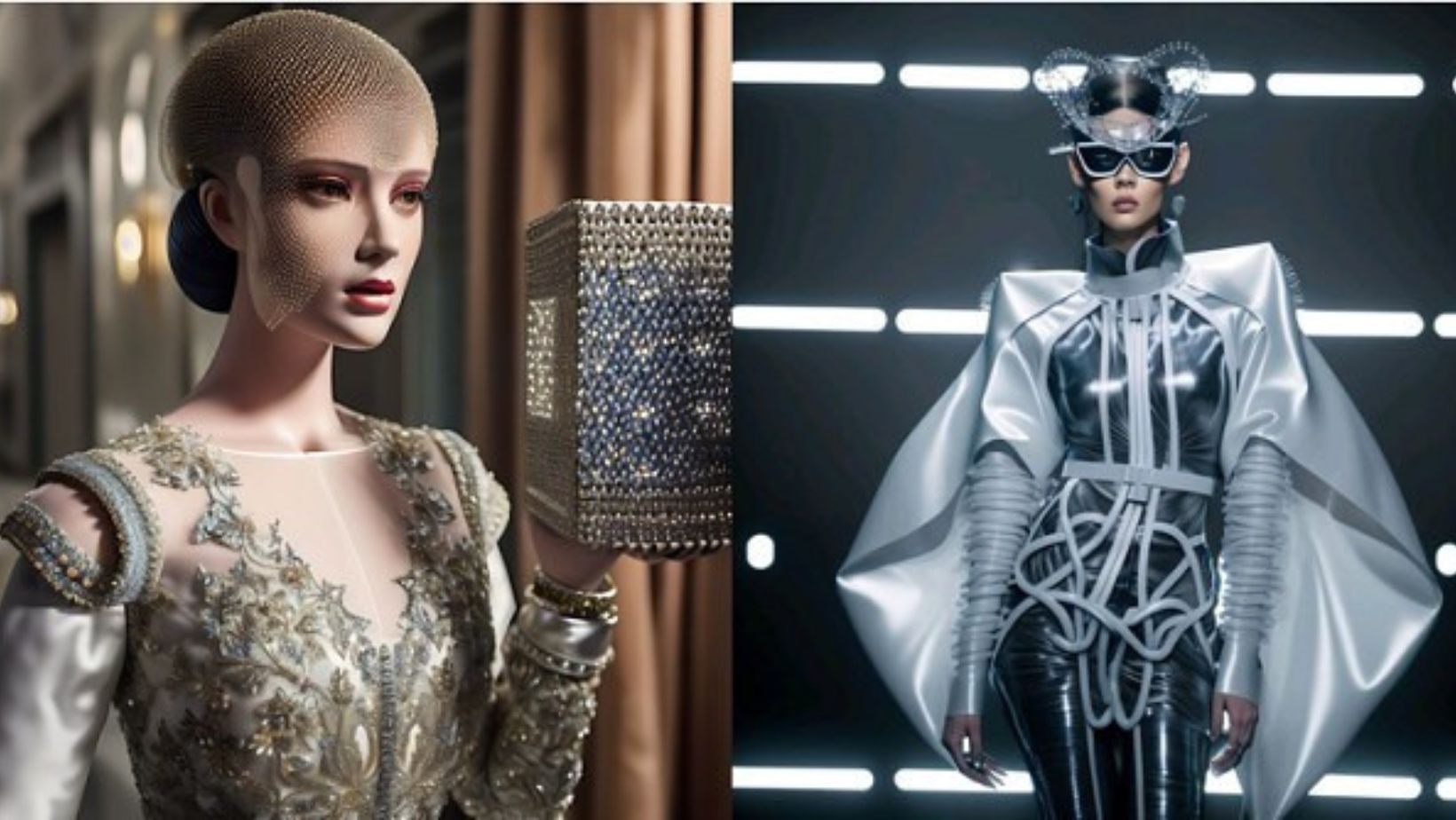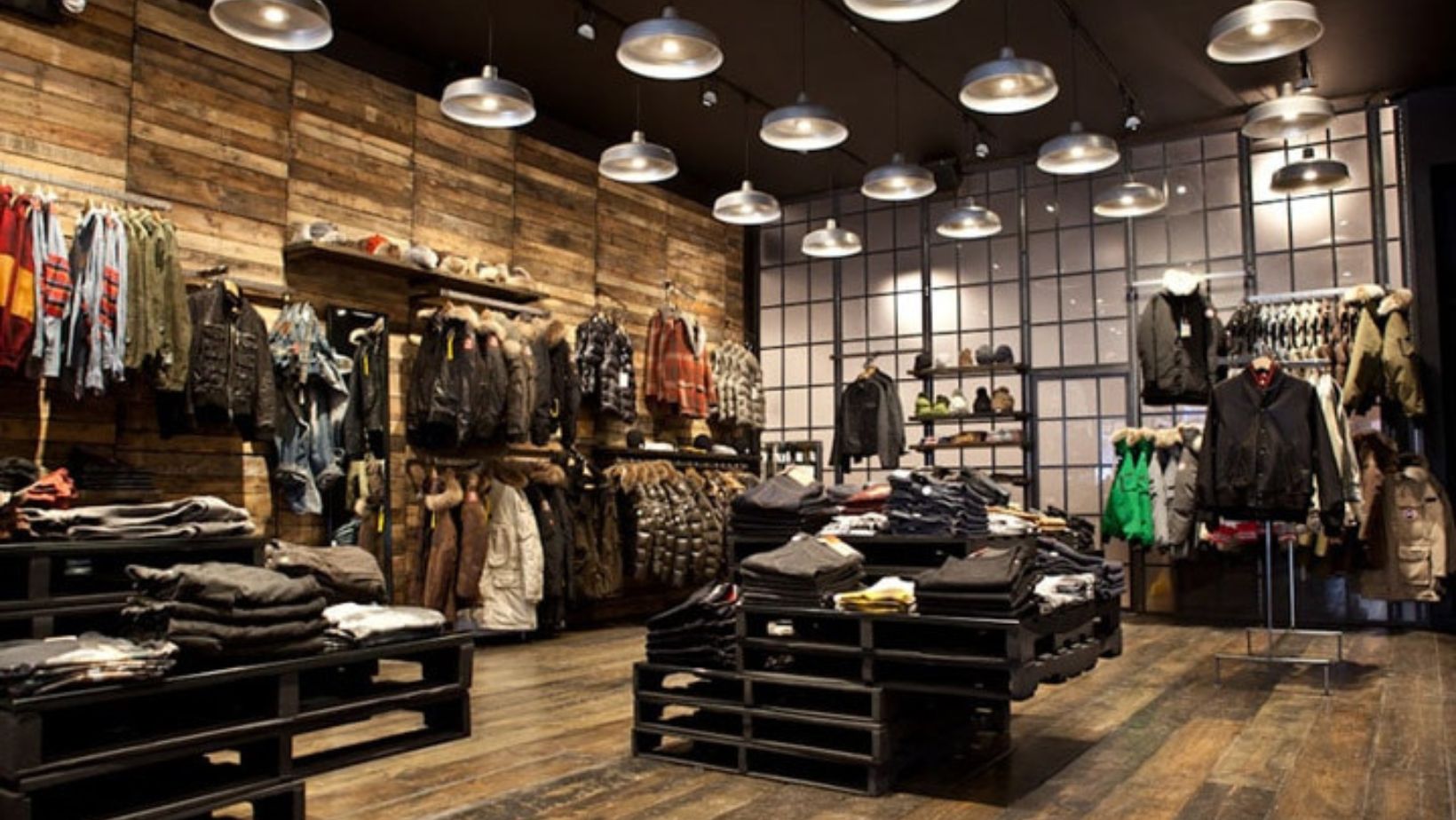Technology in the Fashion Industry

Technology has played an increasingly vital role in fashion industry during this global pandemic. Not only has it contributed to customer-facing initiatives but also overall processes.
Technology has transformed production processes, shortening fashion product development cycles without compromising quality, and even influenced teenagers.
Additionally, new technologies are helping fashion supply chains remain sustainable while offering circular economy solutions.
Manufacturing
Technology is helping streamline processes and increase efficiency across the supply chain, from omnichannel data analytics to digital prototyping. For example, Badgley Mischka uses mobile apps to collect customer feedback immediately after their models walk the runway, which then goes back into retailers that carry its brand. This information allows Badgley Mischka to tailor future productions according to specific consumer needs while decreasing inventory waste.
As consumers become more conscious about the environmental impacts of clothing purchases, technology is helping manufacturers track and prove their sustainability initiatives. From carbon footprint calculators to blockchain-backed certifications, tech provides fashion companies with tools that enable them to meet customer demands while simultaneously minimizing environmental impact.
Design
Fashion designers, pattern makers and apparel stylists focus on artistic innovation, trends and creating visually appealing clothing designs. Additionally, they use technology for functional improvements like smart clothing or performance wear.

Though fashion may appear glamorous on TV and social media platforms, its production involves considerable back-of-house work that was traditionally manual, time consuming and wasteful – yet fashion innovations are changing this industry drastically.
Tech is revolutionizing fashion production and delivery – from robotic sewing machines and fabric cutters to AI algorithms that predict style trends – by automating, personalizing, and speeding it up. Solutions such as robots that sew fabric together or AI algorithms that predict style trends help brands optimize inventory management, optimize pricing, enhance marketing campaigns and reduce waste through shipping prevent product loss or traceability capabilities.
They allow fashion companies to meet consumer needs better while increasing brand loyalty while increasing revenue; ultimately laying the groundwork for long-term sustainability while meeting demands for newness and authenticity from consumers who demand fashion companies who invest heavily in technology solutions such as these solutions can help companies meet consumers expectations of fast fashion companies who deliver.
Marketing
Technology is revolutionizing the fashion industry in many ways – from robots that sew fabric with needle and thread to AI algorithms that predict style trends – automating, personalizing, and speeding it up. Companies seeking new revenue streams and business models are teaming up with technology providers, buying startups or even creating their own tech.

Technology is also helping brands better understand and respond to customer demand, with new inventory management solutions helping reduce stock outages, improve sales forecasting, optimize delivery routes for greater cost-cutting measures and minimize losses and costs.
Fashion tech provides traceability through the supply chain to support sustainability and consumer engagement initiatives, an essential issue for brands who must comply with tightening data privacy regulations as Gen Z shoppers demand deeper and more meaningful connections between themselves and their apparel purchases.
Distribution
Fashion brands are investing heavily in tech innovations to become more nimble, sustainable and engaging for modern consumer demands. While many companies have prioritized customer-facing technologies in their efforts, there is also much potential for backhouse improvements – traceability software and data analytics can provide insight into supply chains while supporting sustainability roadmap development.
Technology is revolutionizing fashion’s environmental costs and increasing efficiency during production. Novel materials, like bio-fabricated leathers, are opening up new possibilities for designers while simultaneously decreasing waste levels in the industry. Virtual try-on solutions like YourFit by 3DLOOK allow consumers to make smarter purchase decisions before buying, thus decreasing product returns while streamlining supply chain operations. Furthermore, several software tools are making the industry more data driven and responsive to market changes, speeding decision making processes while increasing performance levels.
-
Personal Finance12 months ago
How Do I Find My UCAS ID Number?
-
Success6 years ago
Consistency: The Key Ingredient to Success
-
Personal Finance12 months ago
What Does Conditionally Approved Mean For An Apartment?
-
Motivation3 years ago
How To Become a More Organized Person?
-
Others5 years ago
Work Health and Safety: 8 Reasons to Maintain a Clutter-free Office
-
Entrepreneurs4 years ago
Why Diversity is Key in Business Marketing
-
HK Pools1 year ago
The HK Pools Forum Comunity Jos Markotop 2D Warna Kuning – A Great Way to Stay Connected
-
Sport2 years ago
What Makes Soccer Betting So Great?

























